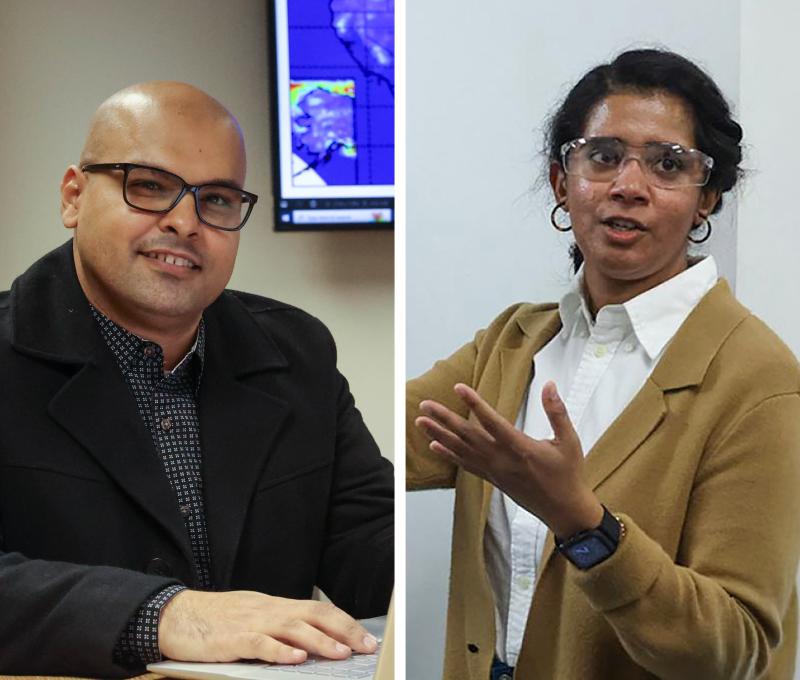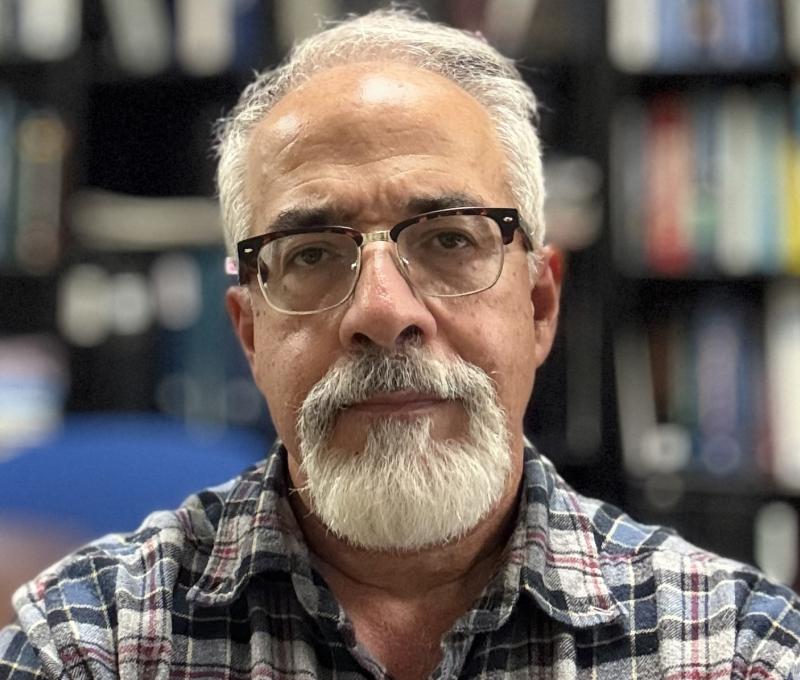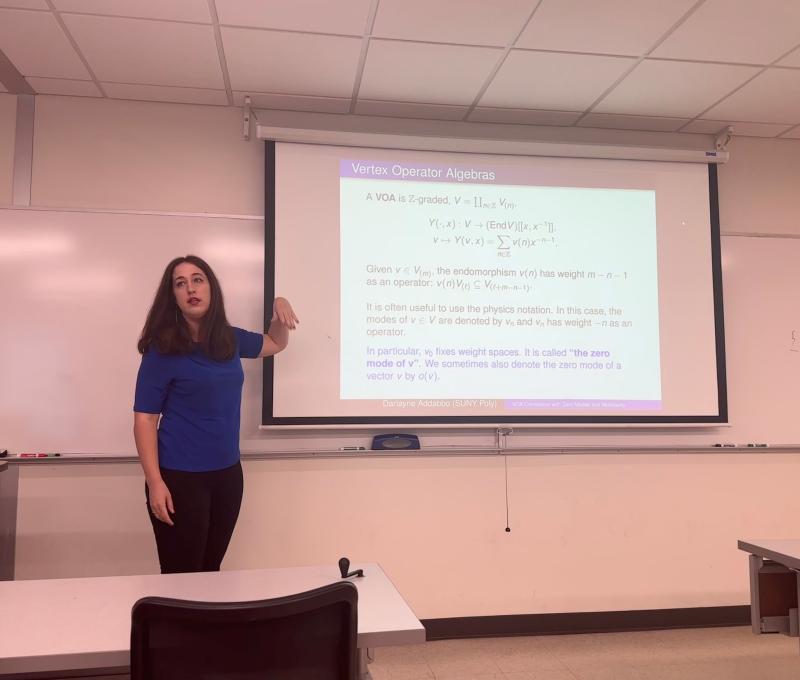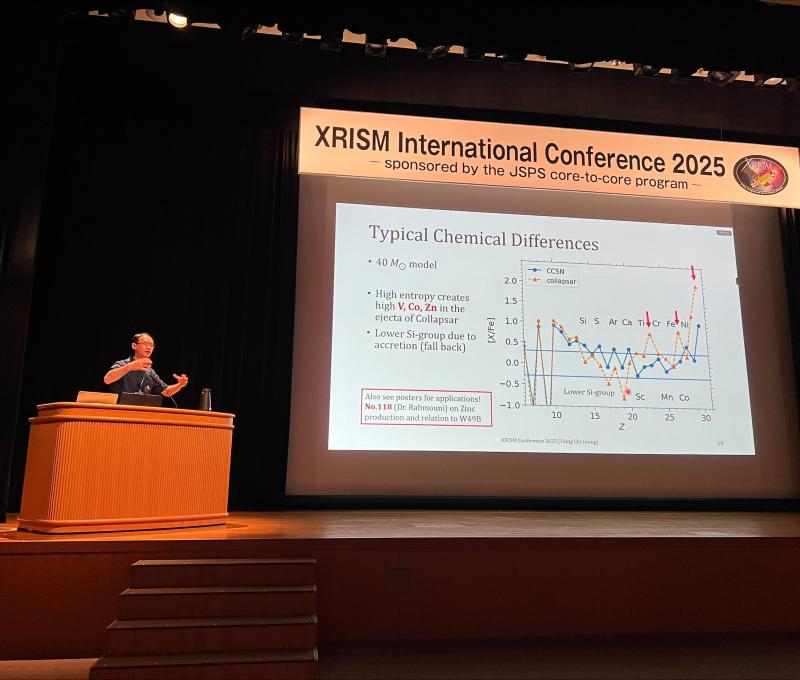SUNY Poly Research by Dr. Carlo Cafaro published in Physica Scripta

Dr. Carlo Cafaro, SUNY Poly applied mathematics assistant professor, published a work in Physica Scripta: "Geometric Graph-Theoretic Aspects of Quantum Stabilizer Codes."
In the research paper, Dr. Cafaro proposes a systematic procedure for the construction of graphs associated with binary quantum stabilizer codes. The scheme serves to verify the effectiveness of binary quantum stabilizer codes in graph-theoretic terms. Graphs are visual aids that provide geometric intuition which, in turn, helps to mitigate the tedium involved in checking detectability and correctability conditions for errors occurring in quantum computational tasks.
The beginning of this work can be traced back to late 2012 when Dr. Cafaro was a postdoctoral physics researcher at the Max Planck Institute for the Science of Light in Erlangen. At that time, Dr. Cafaro was working in the Group of Dr. Peter van Loock who is currently a professor in theoretical quantum optics and quantum information at the Institute of Physics of the Johannes Gutenberg University of Mainz (Germany).
According to Dr. Cafaro, this is the quantum work carried out during his postdoctoral years of which he is most proud. He thanks friends and collaborators that helped him edit this article into its current streamlined form, including Sean A. Ali, Steven Gassner, Damian Markham, and, finally, Peter van Loock.
Physica Scripta is an international journal for original research in any branch of experimental and theoretical physics. It is published by the IOP Publishing (Institute of Physics Publishing) and is endorsed by the Royal Swedish Academy of Sciences. Every year, this Academy awards important prizes, including the Nobel Prizes in physics and chemistry.







